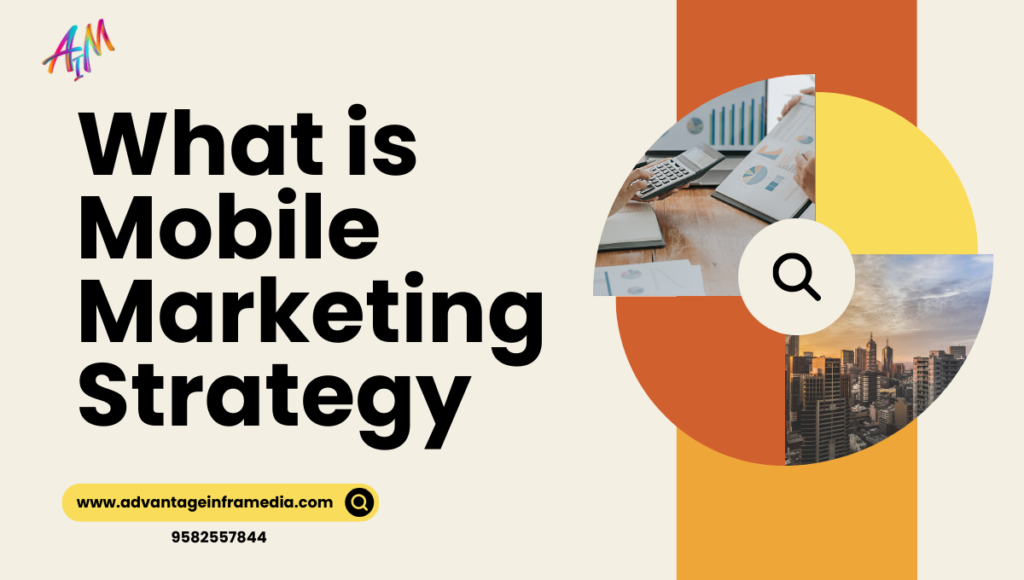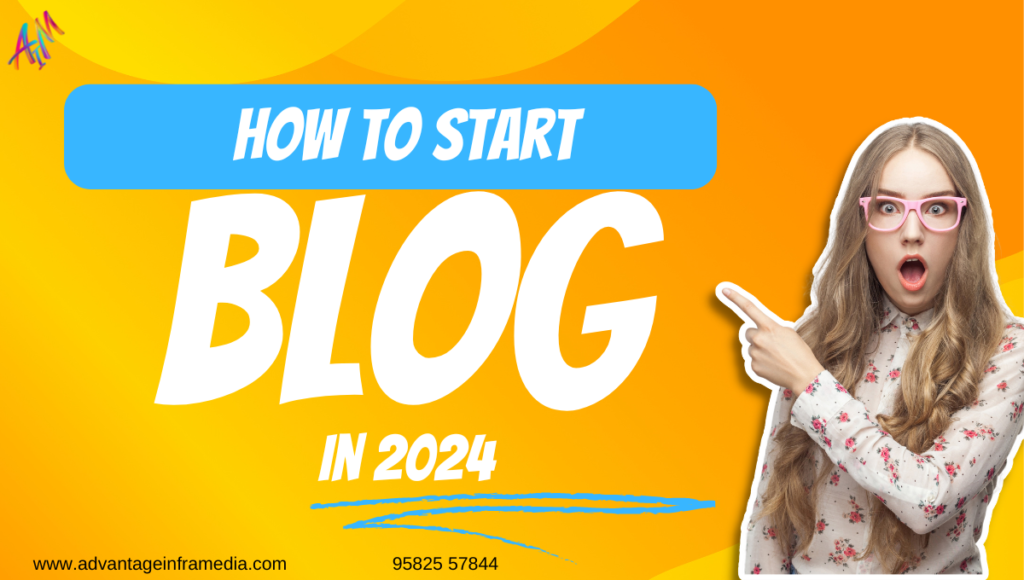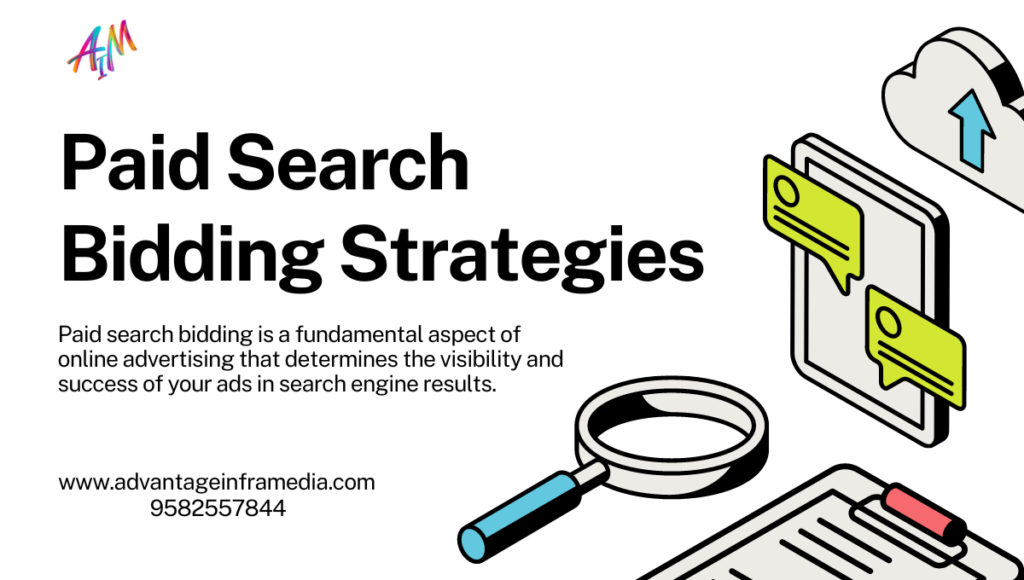How to Start A Career in Digital Marketing in 2024
Introduction The world has changed drastically over the last decade, and so has the landscape of career opportunities. As businesses rapidly shift towards digital, in digital marketing has emerged as one of the most promising and dynamic fields. Whether you’re a fresh graduate, someone looking to pivot in their career, or an entrepreneur seeking to promote your business online, in digital marketing offers a multitude of paths. With the right strategy and skills, you can carve out a successful career in this field. In this comprehensive guide, we’ll explore how to start a career in digital marketing in 2024, the essential skills you’ll need, the biggest opportunities, and the best ways to stay ahead in this ever-evolving industry. Understanding Digital Marketing: An Overview Digital marketing encompasses all marketing efforts that use the internet or an electronic device. This includes search engines, social media, email, and other websites to connect with current and prospective customers. in digital marketing landscape is vast, covering several subfields such as SEO (Search Engine Optimization), SEM (Search Engine Marketing), content marketing, social media marketing, email marketing, affiliate marketing, and data analytics. Why Digital Marketing? Demand: With the internet becoming an integral part of daily life, businesses are investing heavily in digital marketing. According to recent studies, global digital ad spending is projected to reach over $600 billion by 2024. Flexibility: Digital marketing offers diverse roles, from creative to analytical positions, fitting various personality types and skill sets. Scalability: Whether you’re working for a multinational corporation or a startup, digital marketing strategies can be scaled to fit any budget. Remote Work: Many in digital marketing roles offer the flexibility to work remotely, which has become increasingly important in a post-pandemic world. The Skills You Need to Start in Digital Marketing To thrive in digital marketing, you need a blend of hard and soft skills. Here’s a breakdown of essential skills: SEO (Search Engine Optimization) SEO is the practice of optimizing content to rank higher on search engines like Google. This skill is foundational for digital marketers as organic search drives a significant portion of online traffic. Keyword Research: Understanding how to find and use the right keywords. On-page SEO: Optimizing individual pages to rank higher and earn more relevant traffic. Off-page SEO: Building backlinks and improving the authority of your website. Technical SEO: Enhancing website structure, speed, and performance to improve rankings. Content Marketing Content is at the heart in digital marketing. This includes blogs, articles, videos, podcasts, and infographics. Content marketing involves creating and distributing valuable, relevant, and consistent content to attract and retain a clearly defined audience. Copywriting: Writing persuasive and engaging content that drives action. Storytelling: Crafting compelling narratives that resonate with your audience. Content Strategy: Planning and executing content initiatives that align with business goals. Social Media Marketing Social media platforms are powerful tools for reaching and engaging with your audience. Social media marketing involves creating and sharing content on social media networks to achieve your marketing and branding goals. Platform Proficiency: Understanding the nuances of platforms like Facebook, Instagram, LinkedIn, Twitter, and TikTok. Engagement Strategies: Developing methods to interact with your audience and foster community. Paid Advertising: Leveraging paid social ads to expand your reach. Data Analytics Data drives decisions in digital marketing. Understanding how to analyze and interpret data is crucial for optimizing campaigns and measuring success. Google Analytics: A must-know tool for tracking and reporting website traffic. Social Media Analytics: Understanding metrics like engagement rate, reach, and impressions. A/B Testing: Conducting experiments to optimize conversion rates and user experience. Email Marketing Email marketing is one of the most effective forms of direct marketing. It involves sending personalized emails to prospects and customers to build relationships and drive sales. Email Copywriting: Crafting emails that capture attention and drive action. List Management: Growing and segmenting your email list to target the right audience. Automation: Setting up automated campaigns that nurture leads through the sales funnel. PPC (Pay-Per-Click) Advertising PPC advertising involves paying for ads that appear on search engines and social media platforms. It’s a fast way to drive traffic and conversions but requires a solid understanding of budgeting and targeting. Google Ads: Mastering this tool to create and manage effective PPC campaigns. Bid Strategies: Understanding different bidding methods to optimize ad spend. Ad Copywriting: Writing compelling ads that convert clicks into customers. Communication and Collaboration Beyond technical skills, digital marketers must be adept at communicating and collaborating with team members, clients, and other stakeholders. Presentation Skills: Effectively communicating ideas and strategies to clients or team members. Project Management: Managing multiple campaigns and tasks simultaneously. Collaboration Tools: Using tools like Slack, Asana, or Trello to keep teams aligned. Step-by-Step Guide to Starting Your Career in Digital Marketing Step 1: Self-Education The first step to starting your career in digital marketing is to educate yourself. There are numerous resources available online, many of them free. Online Courses: Platforms like Coursera, Udemy, and HubSpot Academy offer comprehensive courses in digital marketing. Google also offers free certification in Google Analytics and Google Ads. Blogs and Podcasts: Stay updated with industry trends by following blogs like Moz, Neil Patel, and HubSpot, and listening to podcasts like “Marketing School” and “The Digital Marketing Podcast.” Books: Some foundational books include “Digital Marketing for Dummies,” “Made to Stick” by Chip Heath & Dan Heath, and “Contagious: How to Build Word of Mouth in the Digital Age” by Jonah Berger. Step 2: Gain Practical Experience Education alone won’t suffice. You need hands-on experience to apply what you’ve learned and build your portfolio. Internships: Look for internships with in digital marketing agencies or companies. This will give you real-world experience and an opportunity to learn from professionals. Freelancing: Start taking on small projects for local businesses, friends, or family. Platforms like Upwork, Freelancer, and Fiverr can help you find clients. Personal Projects: Create your own blog or social media accounts and start applying in digital marketing techniques. This not only helps you practice but also serves as a showcase of
How to Start A Career in Digital Marketing in 2024 Read More »
Blog









